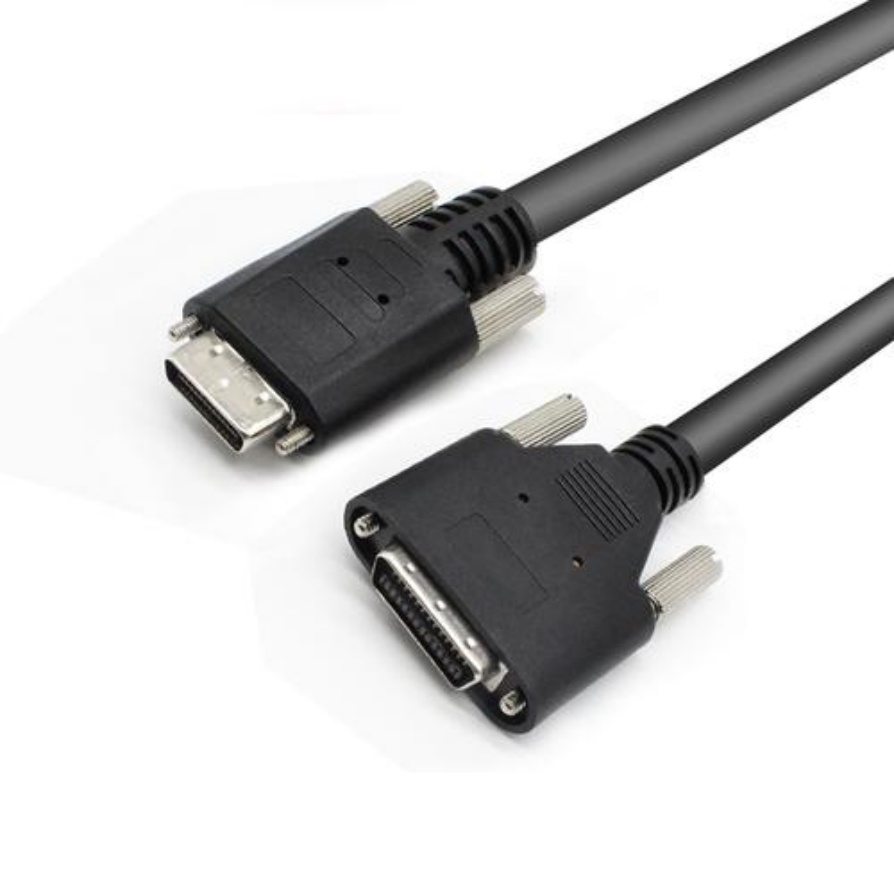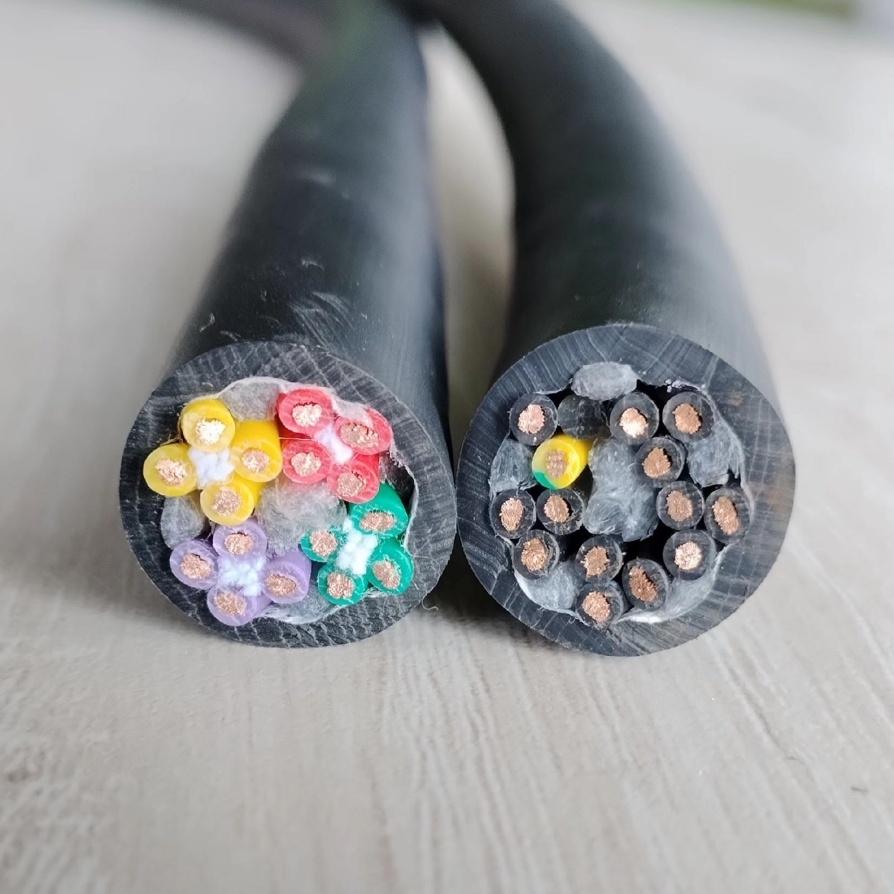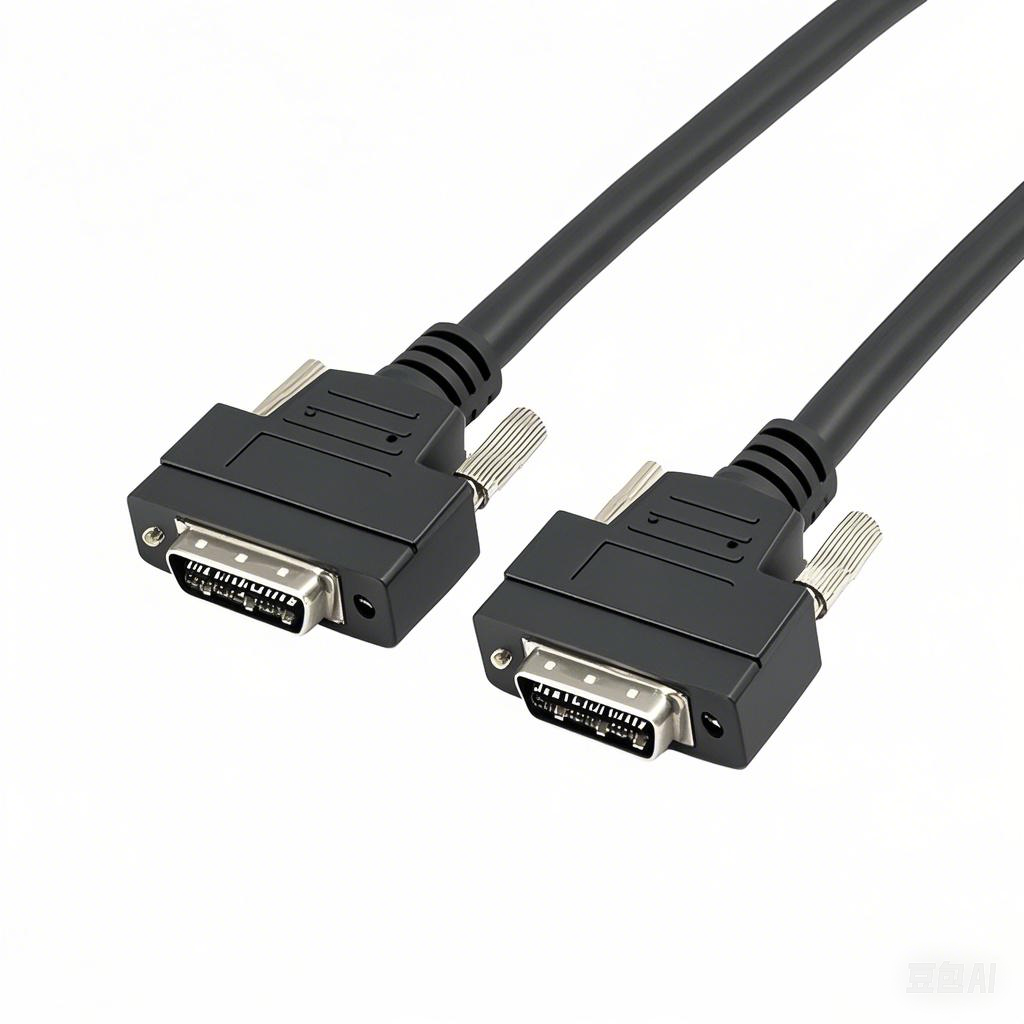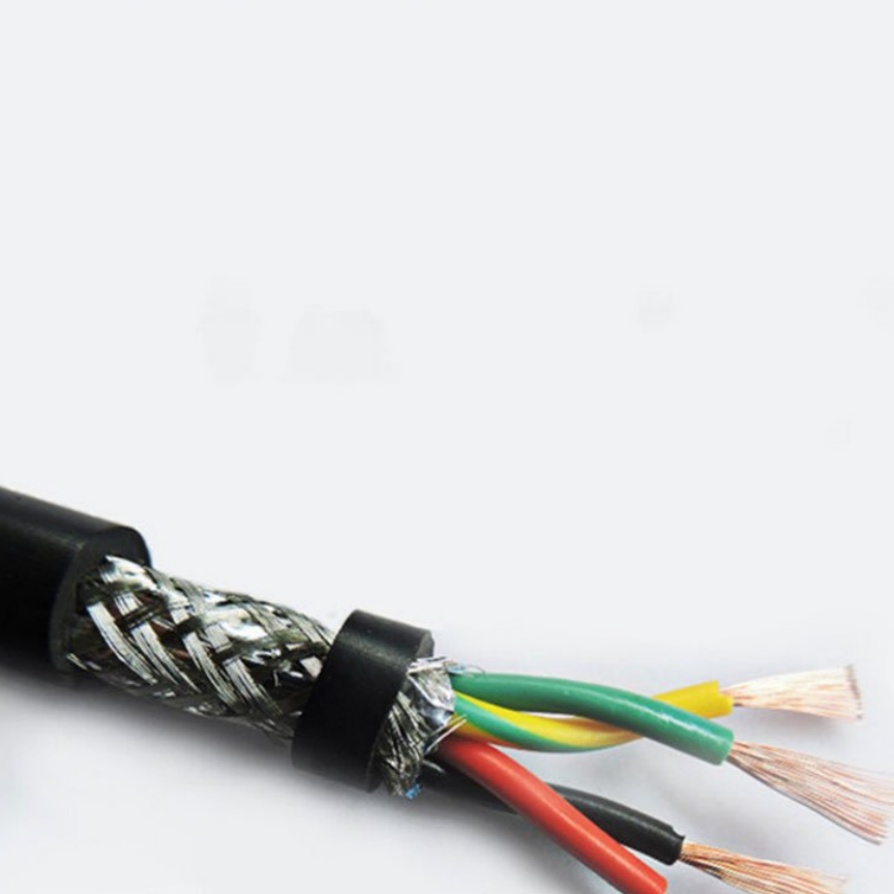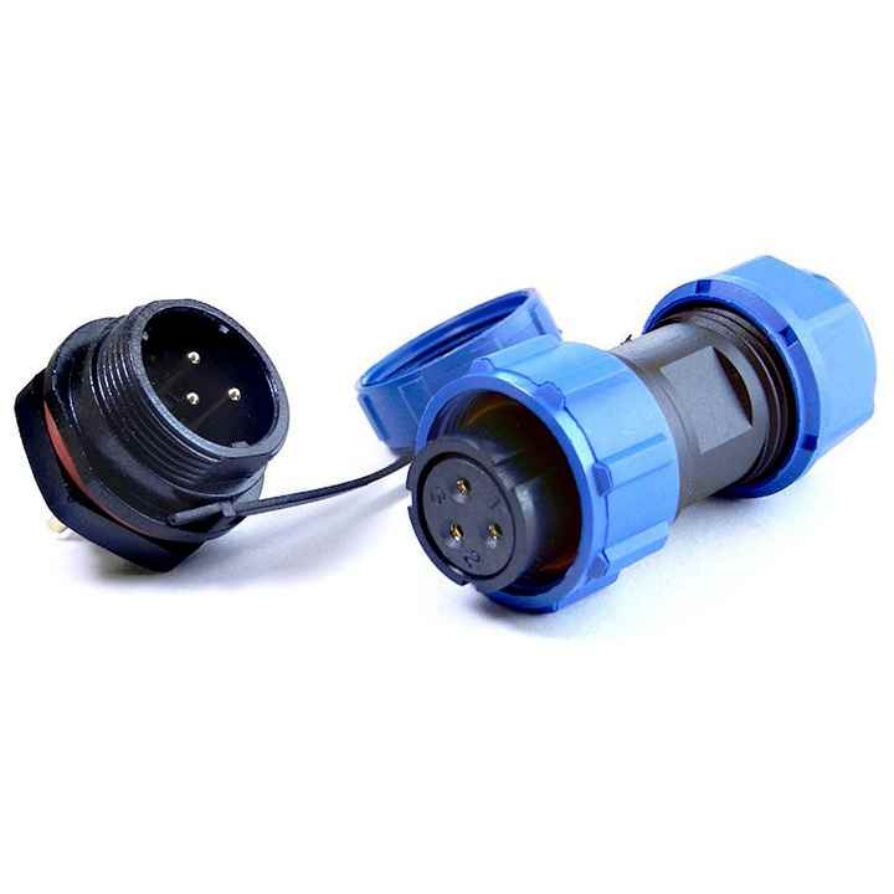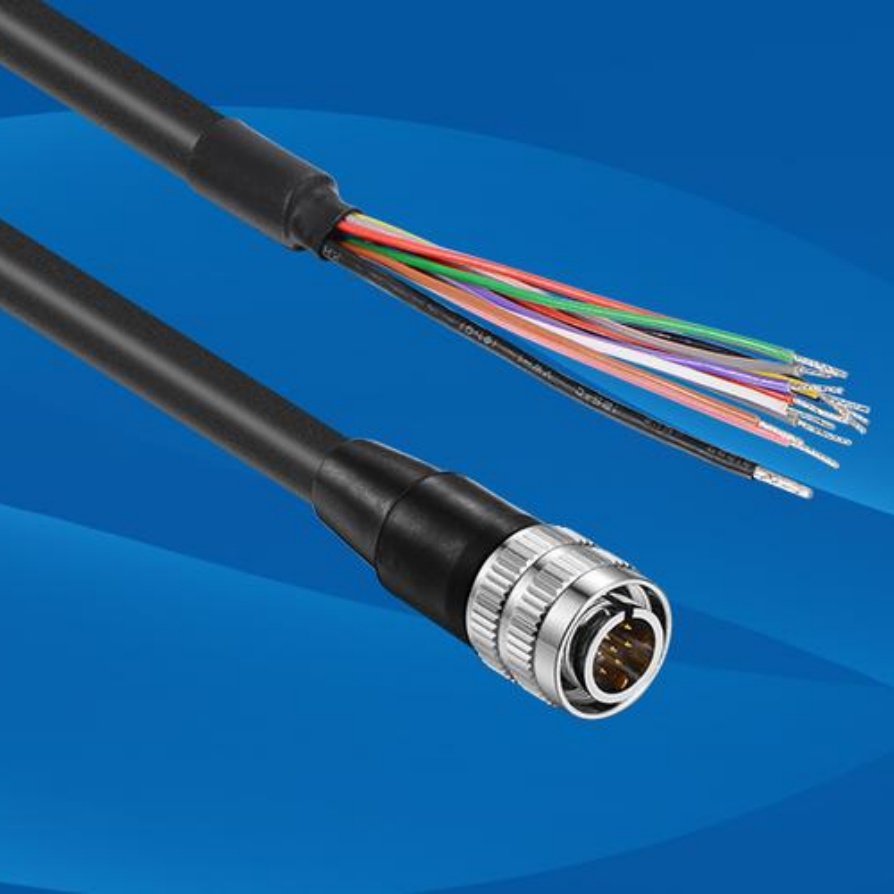Machine Vision Cables: The Critical Link in Automated Imaging Systems
In the rapidly evolving world of industrial automation, machine vision cables play a pivotal role in ensuring the accuracy, speed, and reliability of imaging systems. These specialized cables are the unsung heroes behind high-performance cameras, sensors, and processors, enabling seamless data transfer in applications ranging from quality control to robotics.
This article explores the importance of machine vision cables, their key features, and best practices for selecting the right cable for your system. What Are Machine Vision Cables? Machine vision cables are high-performance connectors designed to transmit data between cameras, sensors, and processing units in automated systems. Unlike standard cables, they are engineered to handle high-bandwidth signals, resist electromagnetic interference (EMI), and withstand harsh industrial environments.
These cables are essential for applications requiring real-time image processing, such as defect detection, barcode scanning, and robotic guidance.
Why Machine Vision Cables Matter in Industrial Automation High-Speed Data Transmission Modern machine vision systems rely on ultra-high-resolution cameras (e.g., 4K or 8K) that generate massive amounts of data.
Machine vision cables with shielded twisted-pair (STP) designs or fiber optic cores ensure minimal signal loss, even at speeds exceeding 10 Gbps. Durability in Harsh Conditions Industrial environments expose cables to vibrations, extreme temperatures, and chemicals.
Ruggedized machine vision cables with IP67-rated connectors and flexible jackets (e.g., PUR or PVC) maintain performance in demanding settings.
EMI/RFI Shielding Electromagnetic and radio-frequency interference can distort image signals. High-quality cables incorporate multiple shielding layers (foil, braid, or drain wires) to protect data integrity. Plug-and-Play Compatibility Leading brands design cables with standardized connectors (e.g., M8/M12, USB3 Vision, CoaXPress) to ensure seamless integration with cameras and processors.
Key Applications of Machine Vision Cables Manufacturing: Inspecting product defects on assembly lines. Pharmaceuticals: Verifying pill counts and packaging accuracy.
Agriculture: Sorting produce based on size and quality.
Autonomous Vehicles: Enabling LiDAR and camera-based navigation. How to Choose the Right Machine Vision Cable Bandwidth Requirements Match the cable’s data rate to your camera’s resolution and frame rate. For example, GigE Vision cables suit mid-speed systems, while Camera Link HS or CoaXPress cables are ideal for ultra-high-speed needs.
Environmental Factors Opt for cables with abrasion-resistant jackets and corrosion-proof connectors if operating in wet or dusty areas. Length and Flexibility Longer cables may require signal boosters to prevent latency. For robotic arms, choose highly flexible cables that endure repeated bending. Compliance with Standards Ensure cables meet industry standards like IEEE 1394, USB3 Vision, or GenICam for interoperability.
Future Trends in Machine Vision Cabling As machine vision systems advance, cables are adapting to support emerging technologies:
Fiber Optics: Enabling longer transmission distances (100+ meters) with zero EMI susceptibility.
Hybrid Cables: Combining power, data, and control signals in a single cable for simplified setups. IoT Integration: Smart cables with embedded diagnostics to predict failures before they occur. Conclusion Machine vision cables are the backbone of any automated imaging system, directly impacting its speed, accuracy, and longevity.
By prioritizing factors like shielding, durability, and bandwidth, businesses can avoid costly downtime and ensure their vision systems operate at peak efficiency.
Whether you’re upgrading an existing setup or designing a new one, investing in high-quality machine vision cables is a strategic decision that pays dividends in productivity and ROI. Keywords: Machine vision cable, industrial automation, high-speed data transmission, EMI shielding, camera connectivity, fiber optic cables.
Optimize your imaging systems today with the right machine vision cables—contact our experts to find the perfect solution for your needs!



